摘要:很多同学都知道托福备考要刷题,但是如何刷题最有效率呢?小编为大家总结了一些经验,希望对大家有所帮助。
有懂得计划安排的大学生童鞋问老师:刚刚接触托福,有半年时间备考,要不要每天刷一套TPO阅读题?
题,当然是要刷的,但是要真正合理有效地备考,不是每天刷一套就行的。教学中,老师们只要让童鞋讲一下某个句子的具体意思或是做一点翻译就会发现,很多时候同学就算题做对了,对文章内容的理解还是存在各种各样的偏差。比如:
这些理解偏差,在句内层面上主要是对某些多义词在语境中意思的误解,对特定句式、句型和固定表达的误解、对逻辑关系的篡改等,在句间和段落层面上则是对层次、观点展开顺序的忽视以及由句内理解偏差累积形成的对文章整体内容把握的偏差。可能它们在某道题、某篇文章里,没有影响到做对题目,但是从阅读的目的——获取知识和信息——来讲,还是非常有害的。况且,就算从考试得分角度来讲或许也是跑得了初一跑不了十五,下次考试就造成丢分呢。所以,在做完题目,对完答案,搞明白具体错题原因后,应该至少还有两件事情:
一是重新精读文章,借助词典搞清其中的生词并收集常用意思及相关搭配,再借助译文,检验自己对每一句的理解,若发现理解错的短语、句型,则去搜索更多同类例句,直到搞明白,再挑典型、简明的例句收集。
以OG文章Applied Arts and Fine Arts为例,它的第一段前三句如下:
Paragraph 1:Although we now tend to refer to the various crafts according to the materialsused to construct them—clay, glass, wood, fiber, and metal—it was once commonto think of crafts in terms of function, which led to their being known as the"applied arts." Approaching crafts from the point of view offunction, we can divide them into simple categories: containers, shelters and supports. There is no way around the fACT that containers, shelters and supports must be functional. ...
这短短三句话就有很多“营养”可“吸”。首先是tend to do sth “倾向于做某事”、refer to sth “言及、指称”,接下来是it is...to do sth这种it做形式主语的句式,还有in terms of sth “就某物而言”这个阅读和口语中都非常有用的短语,以及which引导的非限制性定语从句提供补充性信息。细心的同学可能会发现,"applied arts."的句号在引号里面,可能生出疑问:不是应该在外面吗?不是的,这种结尾有引号的情况下,要把前面的标点包进去,SAT文法里就有考这个。
接下来的approach这里作动词“应对、处理”解。这个词有很多文章可作,可以作动词,本意是“(物理上)靠近、接近”,又可以指“(在性质或特点上)接近”,还能指“(为求助或提供某事物)接近某人”(这个用法在SAT文法可汗诊断题Toshio Fukuda那篇文章第二段末尾就出现过);approach还可以作名词,指“接近”、“通道”、“方法手段”等。后面的craft文中来看应该是“手工艺制品”,它还可以指“舰、船”,比如aircraft、 spacecraft ,作动词时指“精工制作”。
这句里还有from the point of view of “从某个观点出发”,是不是也可以借鉴到写作中去?最后还有个there is no way around the fACT that的表达,每个单词都认识,但是放到一起就让人郁闷,因为大多数同学只知道noway是“没门,没办法”,后面再加上“围绕着这个事实”干嘛呀?其实根据上文和下一段开头,或许隐约可以感觉到这里there is no way around the fACT that是指后面从句里的内容是“无可辩驳”的,不过感觉不到的话,就借助网络或者词典查出来吧。
另外一件需要做的事情,主要是关于观点层次和句子作用分析的,其中句子作用重点关注“举例”(做多了同学们就会明白为什么重点关注“举例”了)。
我们继续蹂躏那篇文章,用不同颜色标记(红色表示“文章级观点层次”,蓝色表示“段落级观点层次”,黄色表示“举例”)出观点层次和句子作用,as is demonstrated below: (这里插一句,经验之谈,通常应该先阅读每段的首2末1句,整体判断文章结构和内容;这篇文章实际有点“非主流”,不是常见的“总-分”或者“总-分-总”,而是“分-总”,大多数同学可以从寻找第一段的“段落级观点层次”入手,聪明的同学或许已经想到可以先看末段了解文章最终观点,当然单词和句式不能理解错。)
Applied Arts and Fine Arts
Although we now tend to refer to the various crafts according to the materials used to construct them—clay, glass, wood, fiber, and metal—it was once common to think of crafts in terms of function, which led to their being known as the "applied arts."Approaching crafts from the point of view of function, we can divide them into simple categories: containers, shelters and supports. There is no way around the fACT that containers, shelters, and supports must be functional. The applied arts are thus bound by the laws of physics, which pertain to both the materials used in their making and the substances and things to be contained, supported, and sheltered. These laws are universal in their application, regardless of cultural beliefs, geography, or climate.If a pot has no bottom or has large openings in its sides, it could hardly be considered a container inany traditional sense. Since the laws of physics, not some arbitrary decision, have determined the general form of applied-art objects, they follow basic patterns, so much so that functional forms can vary only within certain limits. Buildings without roofs, for example, are unusual because they depart from the norm. However, not all functional objects are exACTly alike;that is why we recognize a Shang Dynasty vase as being different from an Inca vase. What varies is not the basic form but the incidental details that do not obstruct the object's primary function.
Sensitivity to physical laws is thus an important consideration for the maker of applied-art objects. It is often taken for granted that this is also true for the maker offine-art objects. This assumption misses a significant difference between the two disciplines. Fine-art objects are not constrained by the laws of physics in the same way that applied-art objectsare. Because their primary purpose is not functional, they are only limited interms of the materials used to make them. Sculptures must, for example, be stable, which requires an understanding of the properties of mass, weight distribution, and stress. Paintings must have rigid stretchers so that the canvas will be taut, and the paint must not deteriorate, crack, or discolor. These are problems that must be overcome by the artist because they tend to intrude upon his or her conception of the work. For example, in the early Italian Renaissance, bronze statues of horses with a raised foreleg usually had a cannonball under that hoof. This was done because the cannonball was needed to support the weight of the leg. In other words, the demands of the laws of physics, not the sculptor's aesthetic intentions, placed the ball there. That this device was a necessary structural compromise is clear from the fACT that the cannonball quickly disappeared when sculptors learned how to strengthen the internal structure of a statue with iron braces (iron being much stronger than bronze).
Even though the fine arts in the twentieth century often treat materialsin new ways, the basic difference in attitude of artists in relation to their materials in the fine arts and the applied arts remains relatively constant. It would therefore not be too GREat an exaggeration to say that prACTitioners of the fine arts work to overcome the limitations of their materials, whereas those engaged in the applied arts work in concert with their materials.
细心的同学可能发现了的,同时也是需要说明的是:文章级别的观点层次不一定总在“首2末1”范围,毕竟写文章的人是活的,段首可能多写了一点铺垫性或者过渡性语句;第二段出现了红色和蓝色重叠的内容,原因是它们既是本段内的观点层次,又表达了文章级别的观点层次;举例总是依附于观点层次,因为目的是支持它们嘛。
读到这里,不知童鞋有没有感觉到,每天一篇就已经是不小的“食量”了,当初自己想在备考早期就每天一套TPO地刷题是有点细思极恐的事情。要用好TPO阅读文章,应该像OG另一篇文章Feeding Habits of East AfricanHerbivores里的ruminants那样,充分吸收每篇文章的营养,才能扎实地进步。
OK,就先说这么多,2017剩下的就是各位童鞋“为中华之崛起而读书”的日子了。各位争取学好英文,师夷长技以制夷,以留学生的身份,从内部对美帝进行社会主义改造。
延伸阅读:
托福口语纵向逻辑大揭秘
好的开头是成功的一半,托福写作开头篇
备考托福写作-合理安排托福写作考试时间


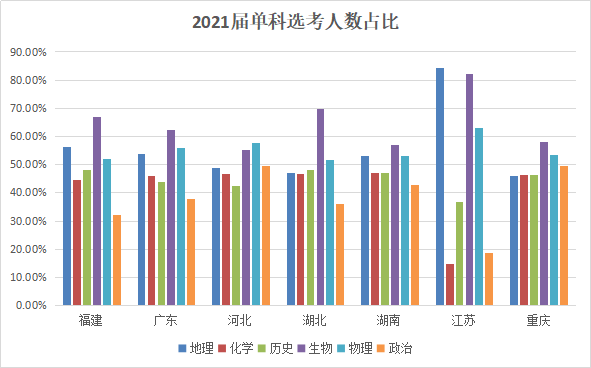









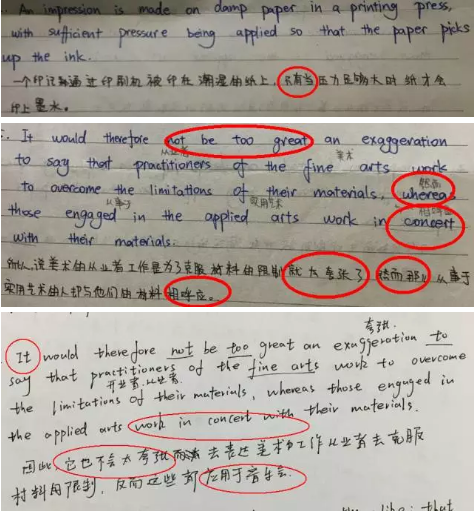
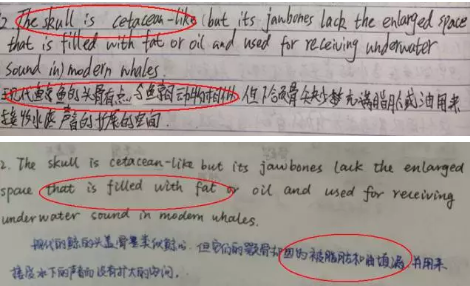

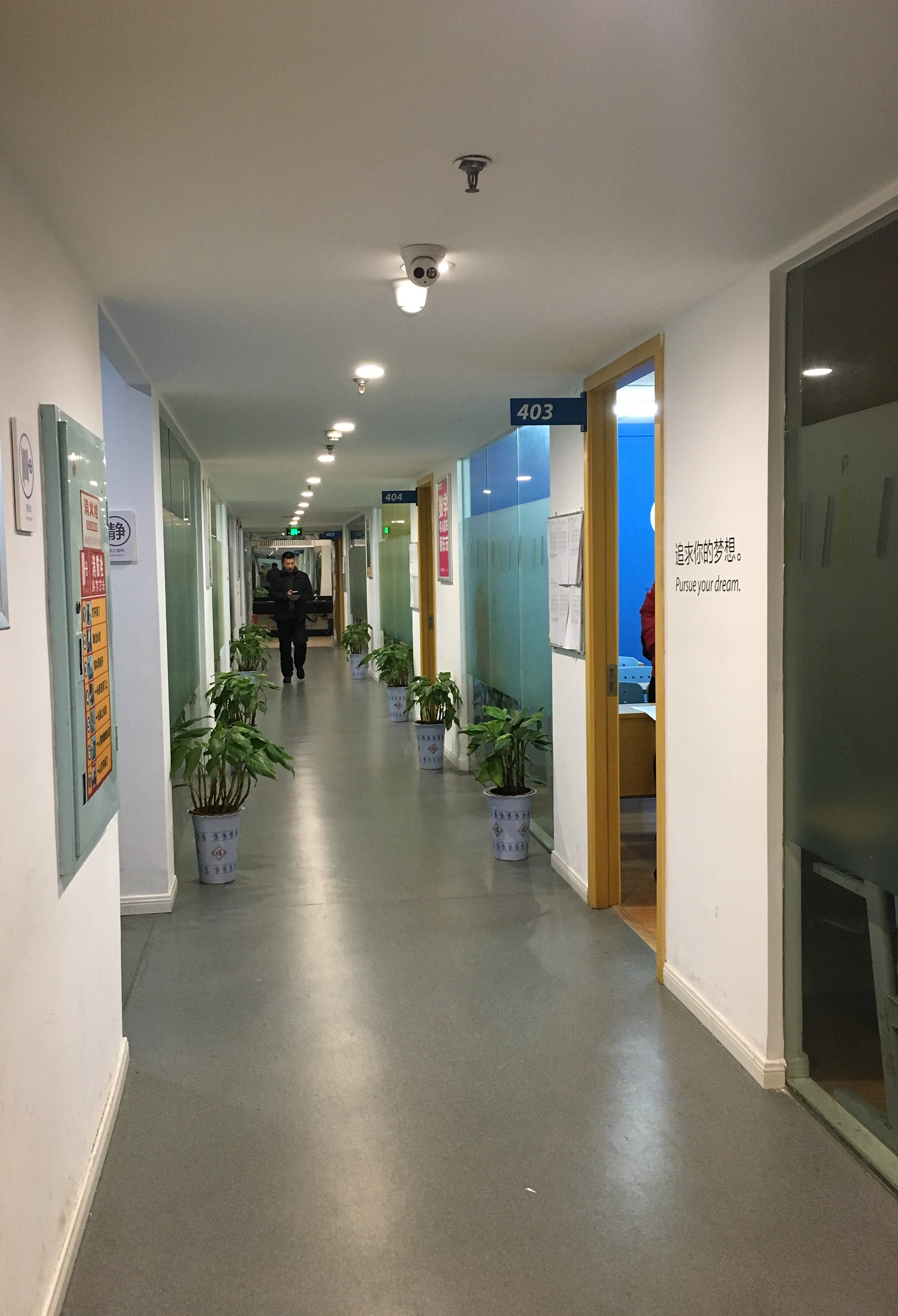

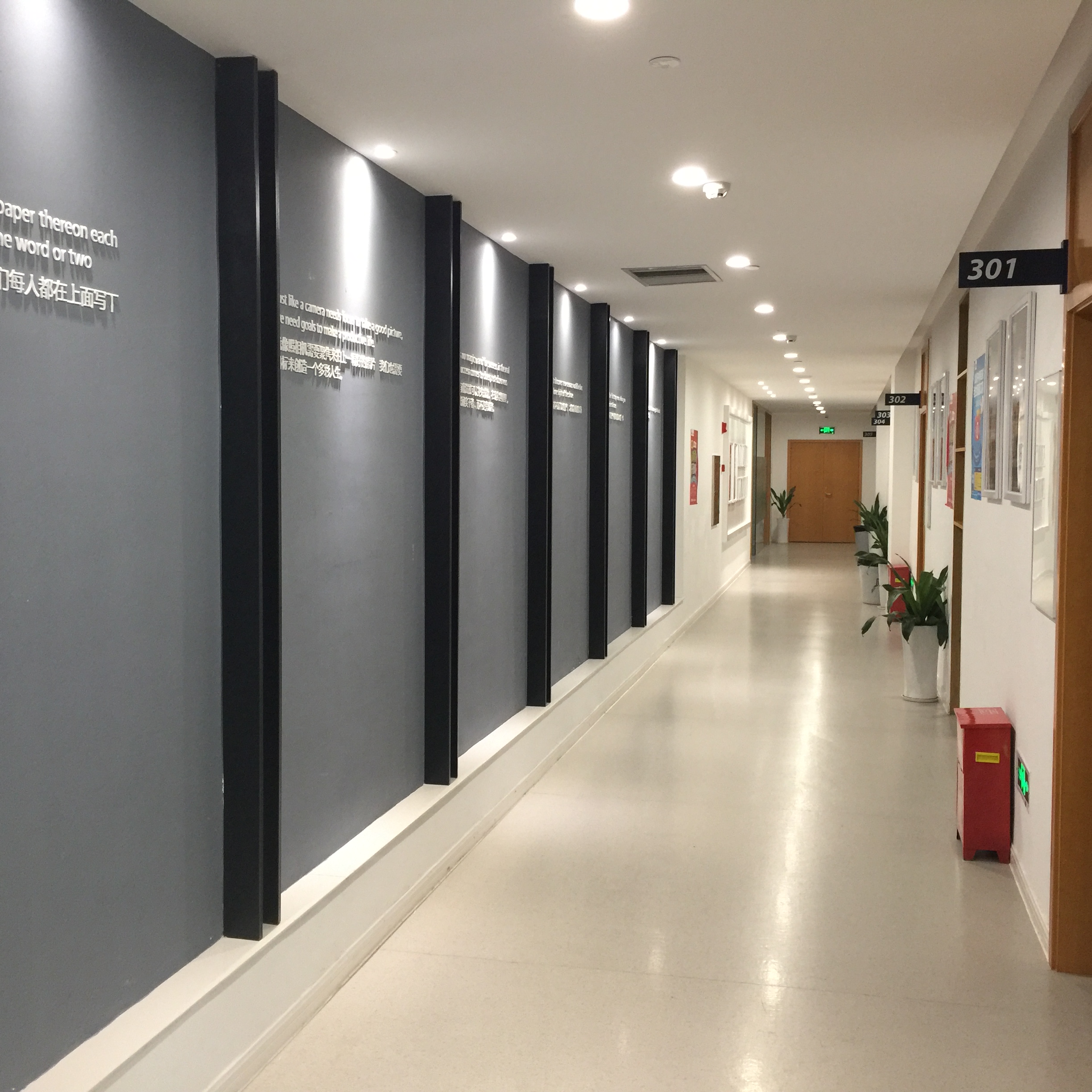





 京公网安备11010802021790号
京公网安备11010802021790号









 学习资料
学习资料
